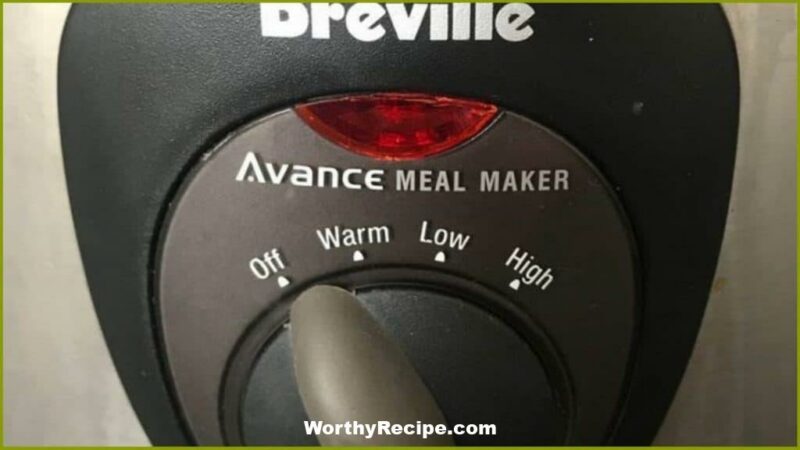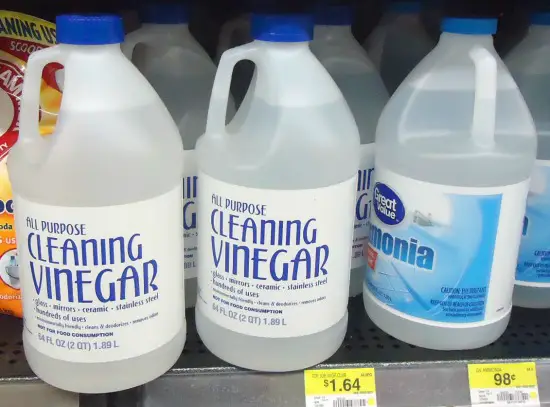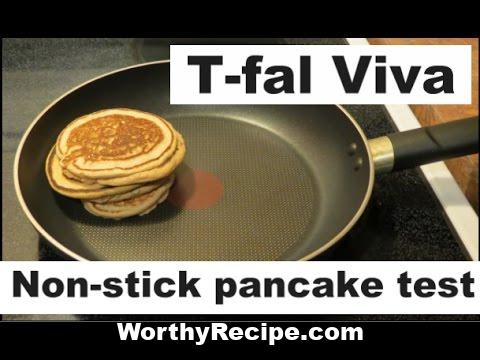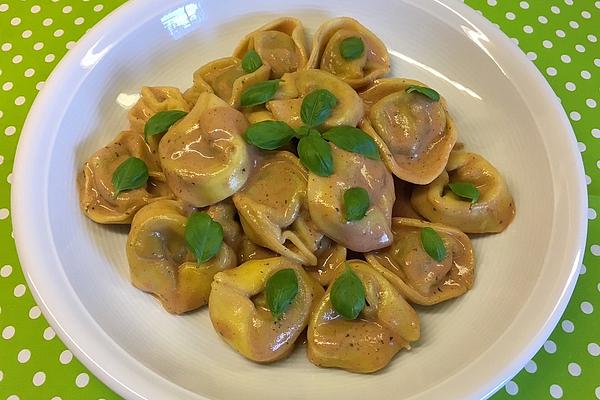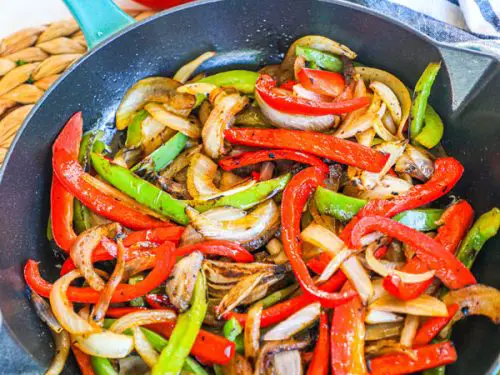What Temperature Do You Slow Bake At? A Comprehensive Guide
Slow baking is a method of cooking food at a low temperature for an extended period. It is a great way to make tender and juicy meat dishes, flavorful vegetables, and bread that is crispy on the outside and moist on the inside. However, one of the most important things to keep in mind when slow baking is the correct temperature. In this guide, we will explore everything you need to know about slow baking temperatures to ensure that your dishes come out perfectly every time.
Understanding Slow Baking
Before we dive into the ideal temperatures for slow baking, it’s important to understand what slow baking is and how it works. Slow baking involves cooking food at a temperature lower than average baking temperatures. The goal is to cook food more slowly and evenly than with traditional high-heat cooking methods like roasting or broiling.
One of the key benefits of slow baking is that it allows food to retain its moisture while breaking down any tough fibers or connective tissues. This results in juicy meats that fall right off the bone, tender vegetables with a rich flavor, and bread with a deliciously crispy crust.
Factors to Consider for Slow Baking
The type of food you’re cooking
The type of food you are preparing will impact the temperature at which you should slow bake. Meat dishes often require lower temperatures so they can cook slowly and without drying out. On the other hand, vegetables may require higher temperatures to caramelize them effectively.
Size and thickness of the food
The size and thickness of your food also play a role when determining your slow baking temperature. For example, larger meats require lower temperatures because they need more time to cook thoroughly and evenly. In contrast, smaller items like vegetables may require a bit more heat to cook through.
Desired texture and flavor
The texture and flavor you would like to achieve are also essential factors when choosing your slow baking temperature. For instance, if you want your meat to have a crispy crust, you’ll need higher heat to achieve this. However, if you prefer meat that is moist and tender, lower temperatures are necessary to retain the juices and flavors.
Oven type and quality
Your oven can affect the temperature at which you should slow bake as every make or model has its unique characteristics. Factors like oven calibration, air circulation, and insulation can all impact the temperature inside the oven chamber.
Types of food that benefit from slow baking
While any food can be cooked slowly at a low temperature, some dishes particularly shine with this method.
Meat dishes
Slow cooking is ideal for meat dishes such as brisket, pork shoulder, beef roasts or even chicken legs and thighs. It breaks down the tough fibers in these meats while keeping them juicy and full of flavour. For these meats, lower temperatures are typically preferable, around 275°F – 300°F for pork, 250°F – 325°F for beef, and 250°F-375°F for chicken.
Vegetables
If you’re looking for vegetables that pack a punch of flavor when served alongside your meats or baked goods vegetables cooked in slow mode are an excellent choice. Depending on their density and water content density root veggies like onion cutlets or radish-bulbs or tomatoes and squash will fall around 325°F while potatoes lean toward requiring a temperature around 325 degree Fahrenheit among others.
Breads and pastries
Breads and pastry dough made with yeast benefit from slow baking, which allows the dough to rise slowly and develop a more robust flavor. Lower temperatures are ideal for these types of items so that the interior of the dough can cook through without over-browning the exterior.
How size and thickness affect temperature
The larger or thicker your food item is, the lower temperature will work better to maintain moisture while cooking evenly. For example, if you’re cooking a large beef roast, you’ll want to cook it at a lower temperature, around 275°F – 300°F for approximately two hours per pound. In contrast, smaller cuts may require higher temperatures to cook thoroughly without drying out.
Tips for Slow Baking
Preparing for Slow Baking
- Preheat your oven: Preheating ensures that your oven has reached the correct temperature before you begin cooking.
- Use the right pan, dish, or container: The type of pan or dish you use can also affect how your food cooks, so consider using pans with lids or ceramic dishes that help in slow cooking without losing its moisture content.
Cooking Techniques for Slow Baking
- Par-baking: Many baked items require par-baking before they finish cooking in order to achieve the desired crust or texture.
- Foil tenting: Tenting your food in foil can help prevent it from drying out while maintaining consistent temperatures throughout.
- Adding moisture to the oven: Another useful trick to keep dishes moist and succulent is by placing a pan of water on the bottom of your oven while baking; it adds moisture to the oven, which translates to slow-cooked perfection.
Determining What Temperature To Use For Slow Baking
General Temperature Guidelines For Slow Baking Different Foods
Here are some general temperature ranges for slow baking:
- Pork: 275°F – 300°F
- Beef: 250°F – 325°F
- Chicken: 250°F – 375°F
- Root vegetables such as onion cutlets or radish-bulbs and squash: 325°F -350°F
Tomatoes: Around 325°F
Potatoes: Around 325°F.
Adjusting Temperature According To Desired Texture
You can adjust your slow baking temperature depending on the texture you want for your dish:
Increase the temperature for a crust formation
If you want a crispy exterior for your dish, you can increase the temperature, which helps to create a robust crust. Try selecting temperatures above 350°F for best results.
Lower the temperature to retain moisture
If you desire meat that is tender, juicy, and moist, consider lowering your cooking temperature. This slows down evaporation and creates an ideal environment to retain moisture and maximize flavor. This works best at temperatures below 275oF degrees.
Factors That Can Cause Inconsistent Temperatures:
Bad oven calibration:
An oven that is not calibrated correctly may not heat up as much as it should or may heat unevenly. Be sure to check your oven calibration regularly to ensure that it is functioning correctly.
Air currents:
Ovens with powerful fans can create currents, which can cause temperature inconsistencies. A good idea to overcome this is to keep the top open for slightly better air ventilation and monitoring of the dish while cooking.
Conclusion
Slow baking can be a fantastic technique for producing dishes full of flavor and tenderness. However, like any cooking method, proper temperature control is essential for success. By understanding the factors that affect slow baking temperatures and following our guidelines, you get the best results. Don’t be intimidated; instead, experiment with various temperatures to develop a personal style and find out which works best for your taste buds- Happy Slow Baking!
What is the ideal temperature for slow baking?
The ideal temperature for slow baking is typically between 200°F and 325°F (93°C and 163°C). This temperature range allows for the food to cook slowly and evenly, resulting in a tender and flavorful outcome.
Why should I slow bake my food?
Slow baking is a great technique to use when you want to achieve perfectly tender and juicy meat or vegetables. By cooking at low temperatures for extended periods of time, the flavors of the food are able to fully develop, resulting in a delicious final product.
How long does it take to slow bake food?
The length of time it takes to slow bake food depends on a variety of factors such as the type of food, its thickness, and desired level of doneness. However, as a general rule of thumb, you can expect to slow bake most foods for anywhere from 1-6 hours.
Can I use my regular oven to slow bake?
Yes, you can! Most standard ovens have temperature ranges that allow for slow baking. Just be sure to keep an eye on your food as it cooks and make any necessary adjustments to ensure it doesn’t overcook or burn. Additionally, using a meat thermometer can help ensure your food is cooked to perfection.
